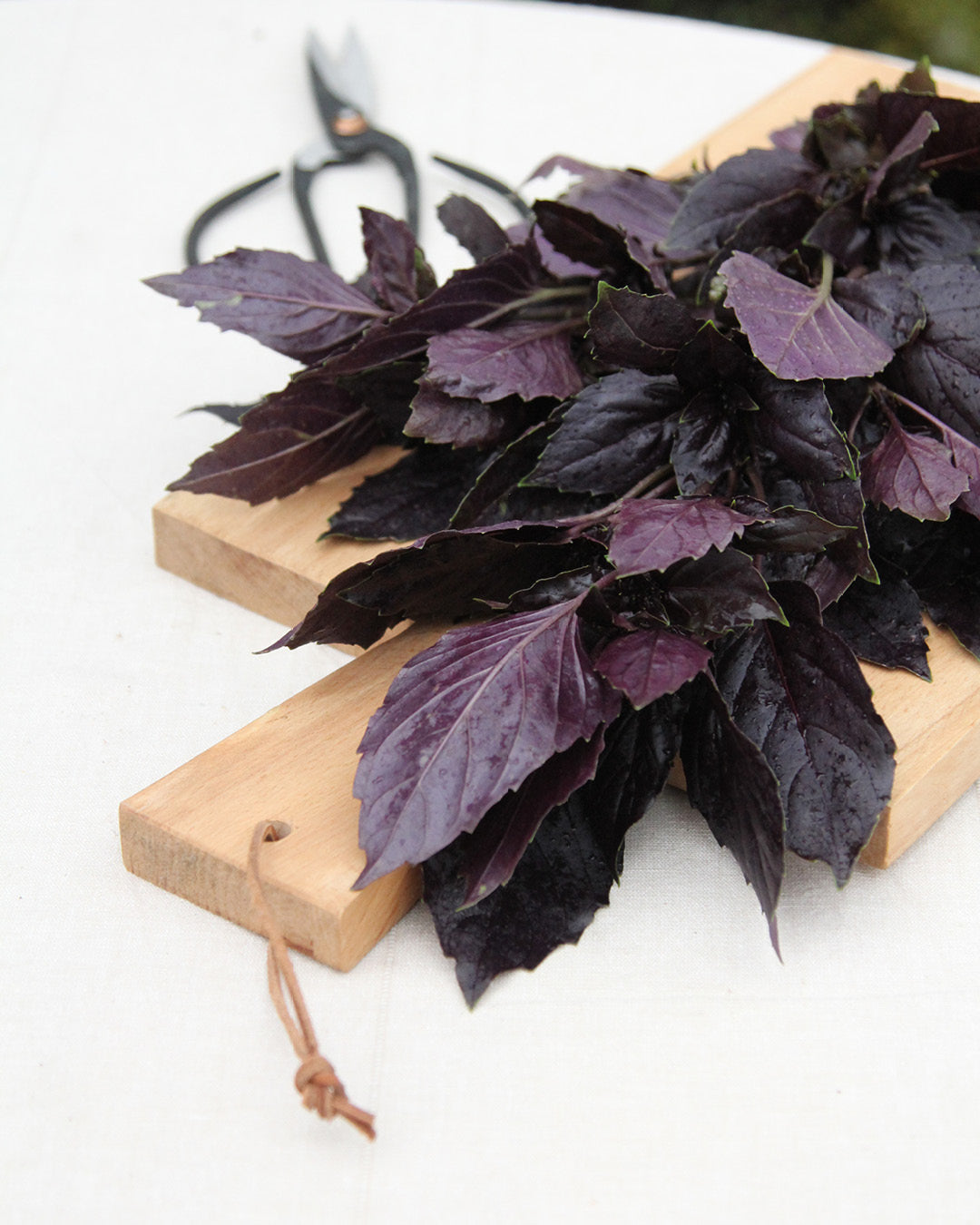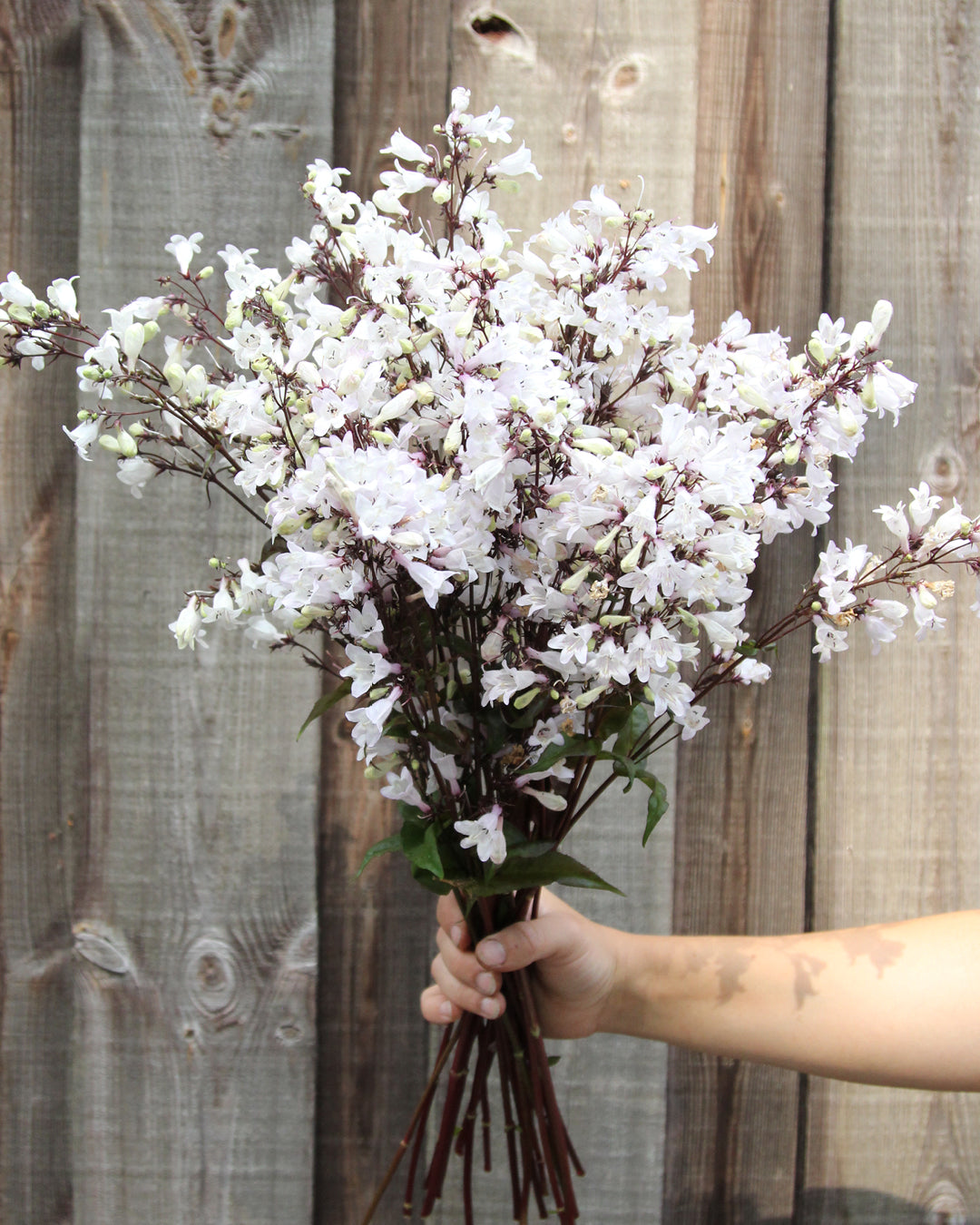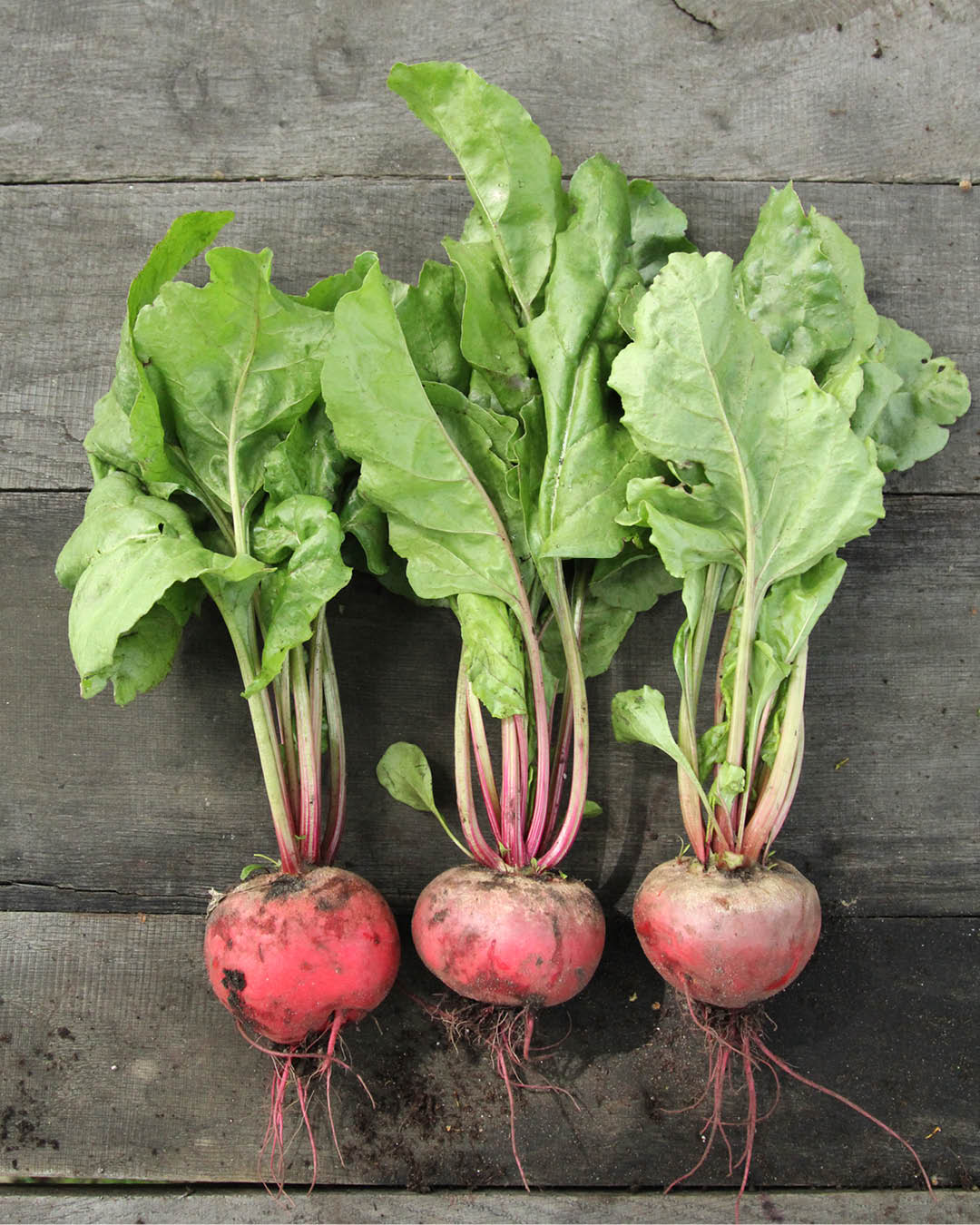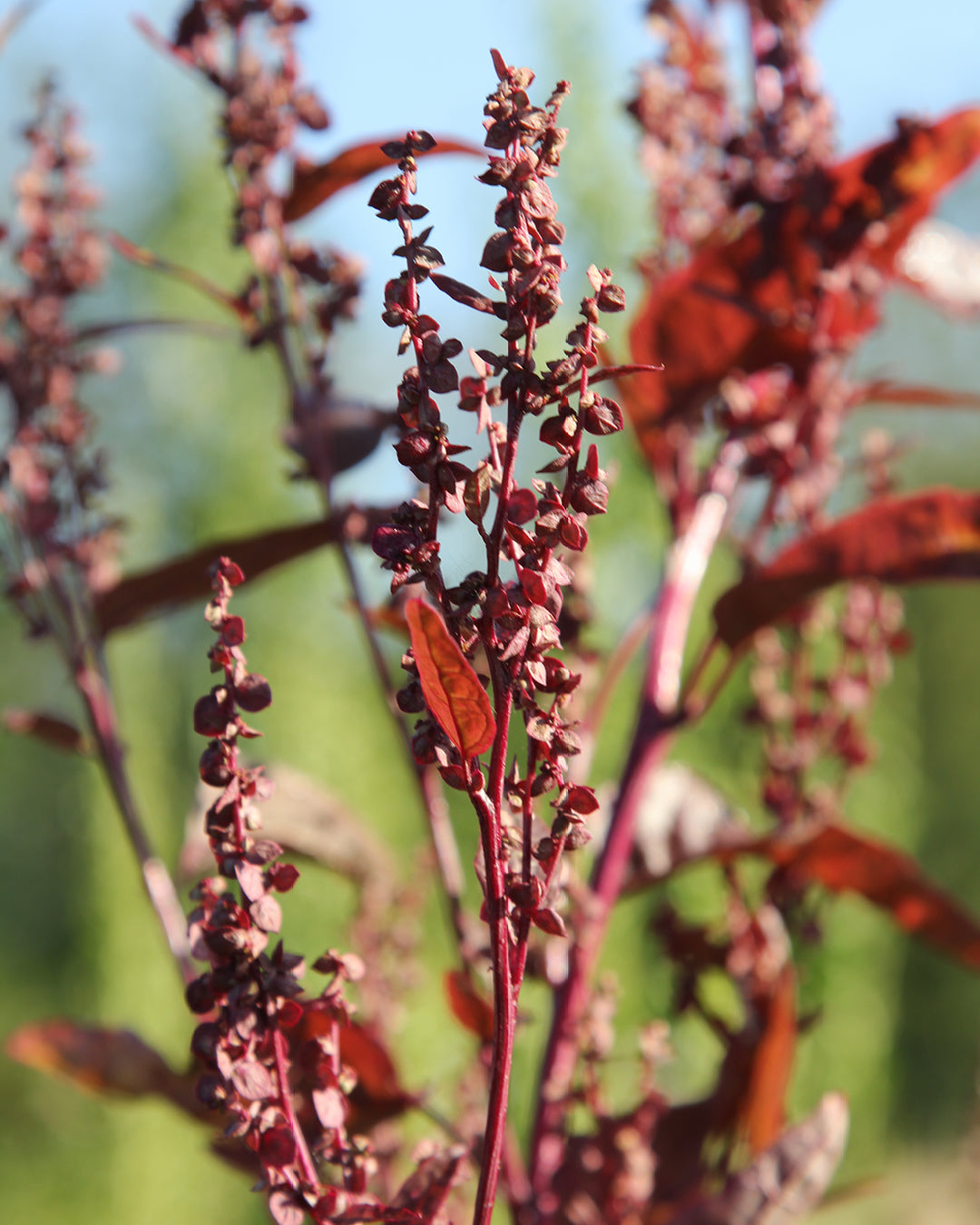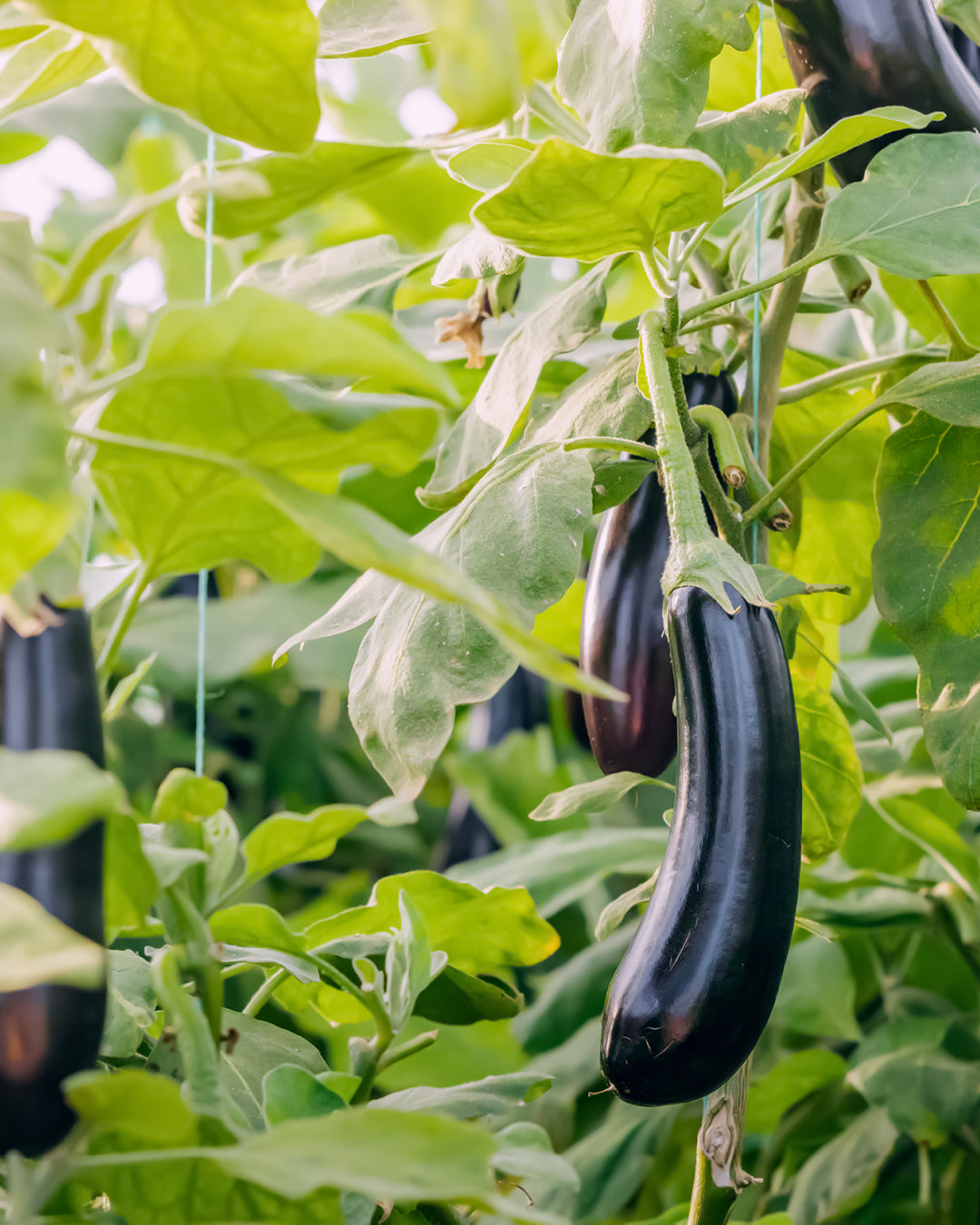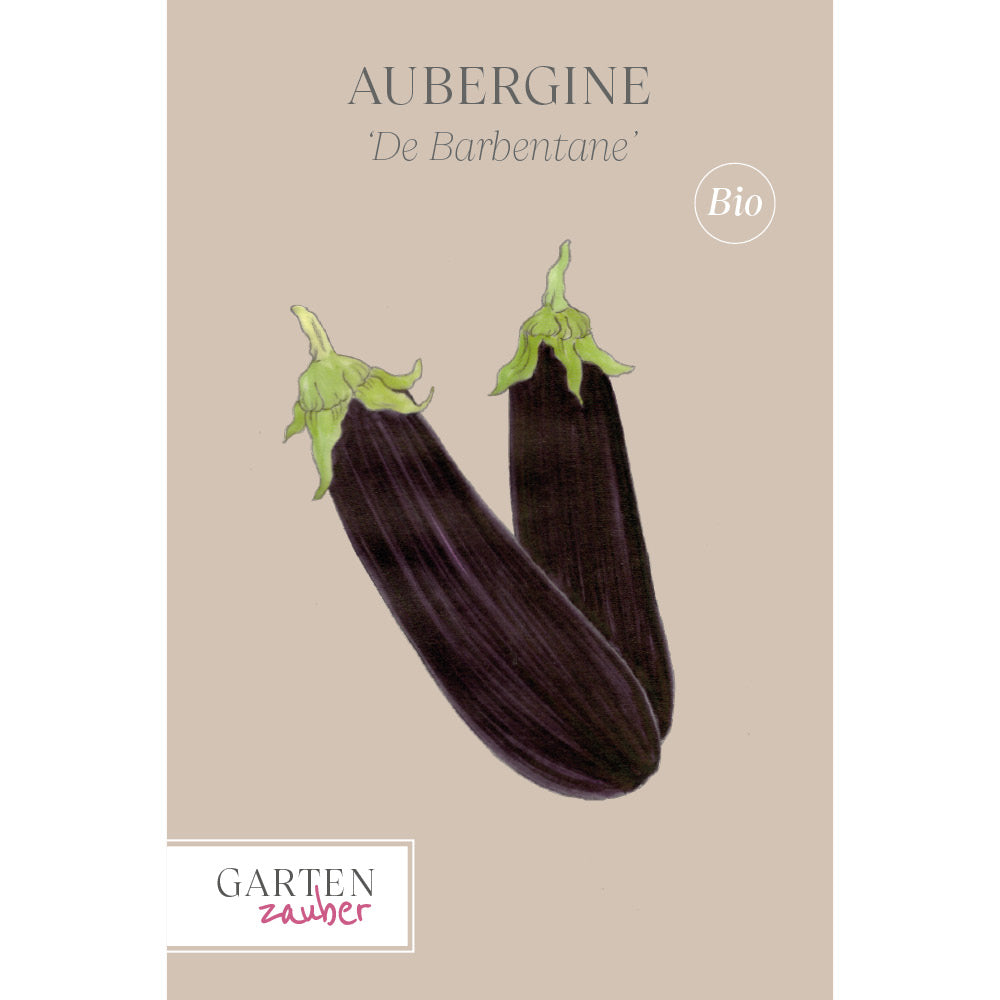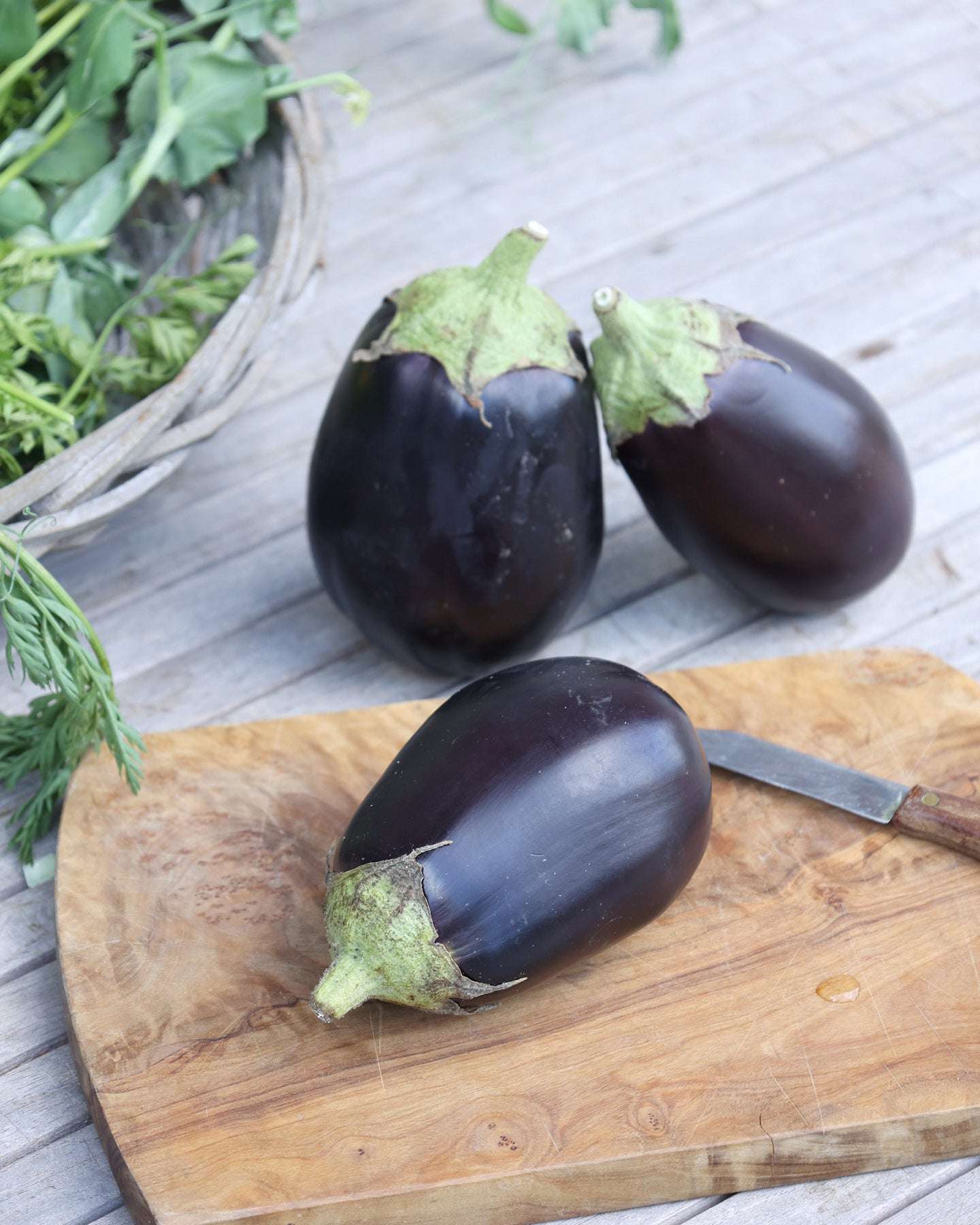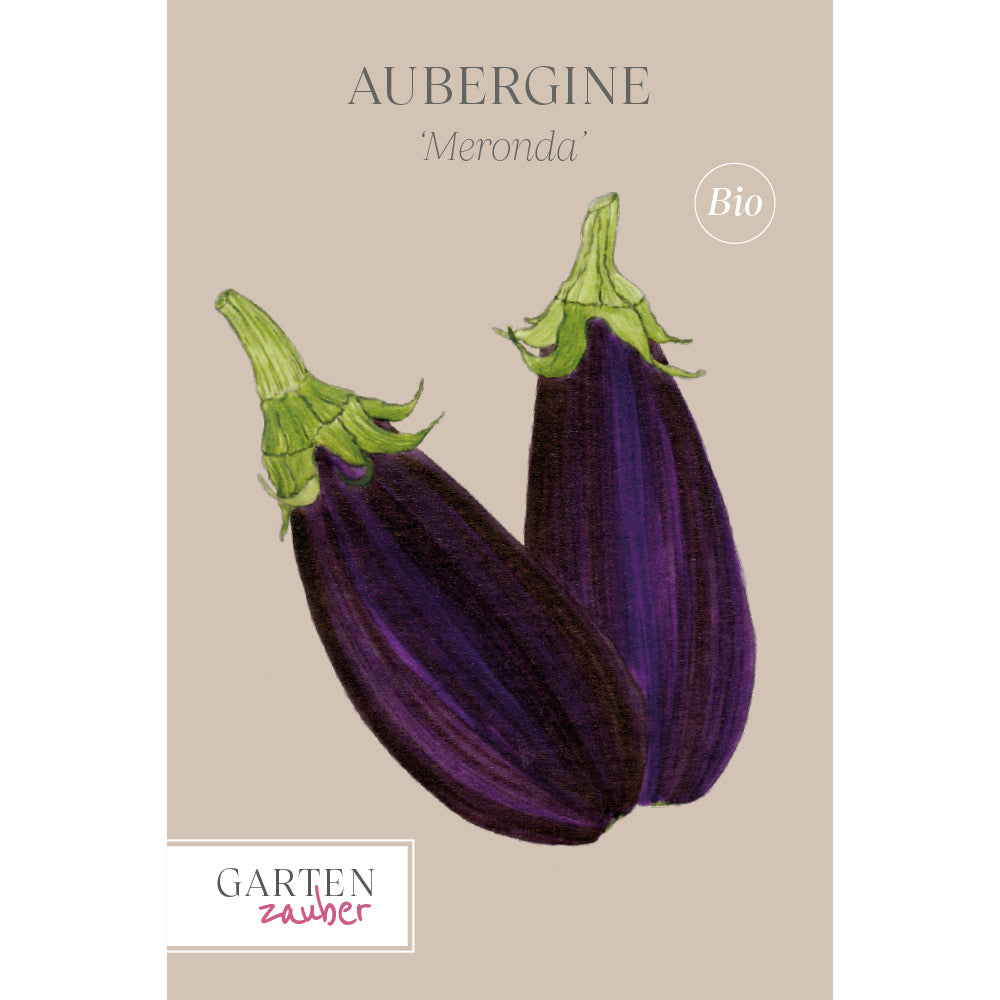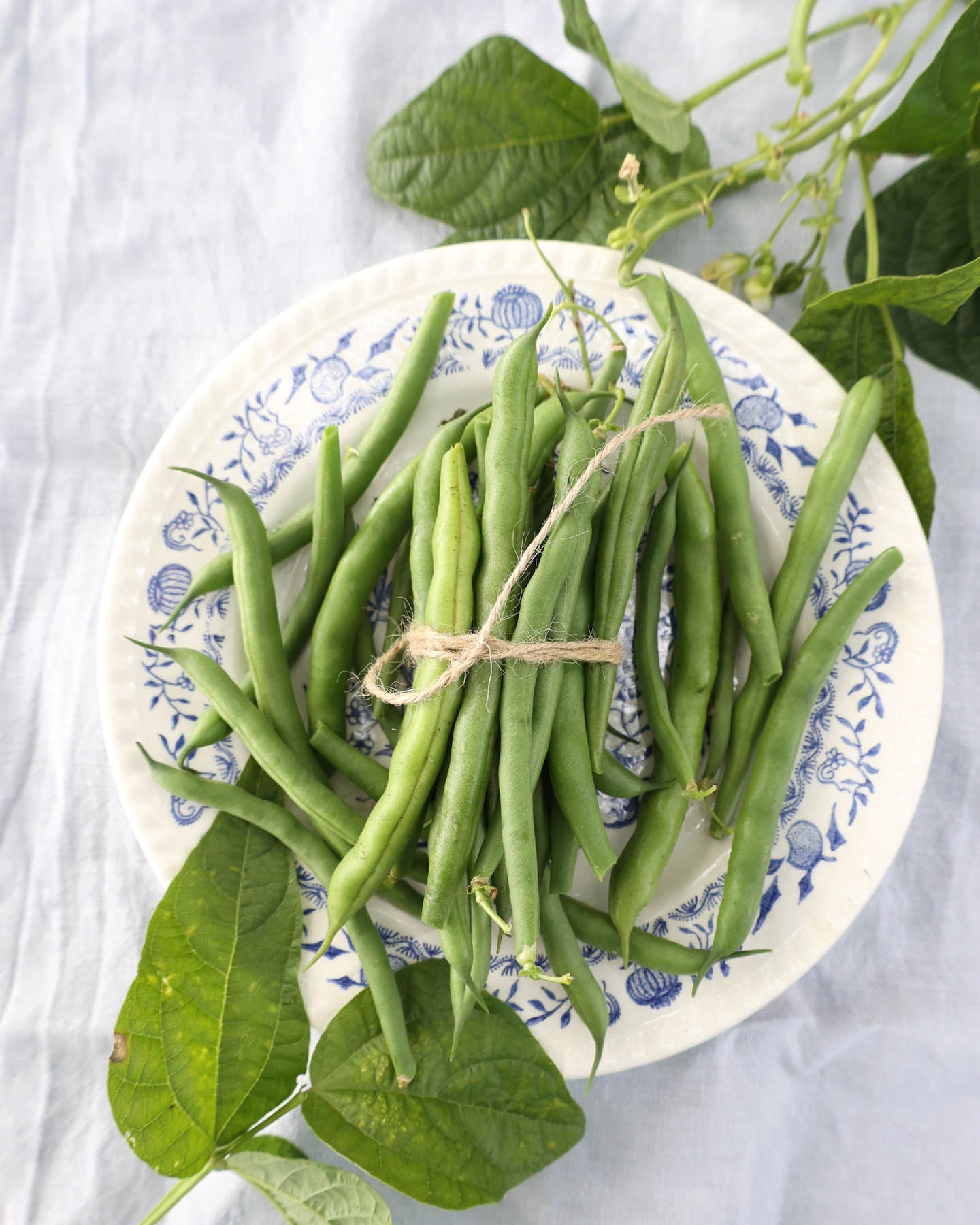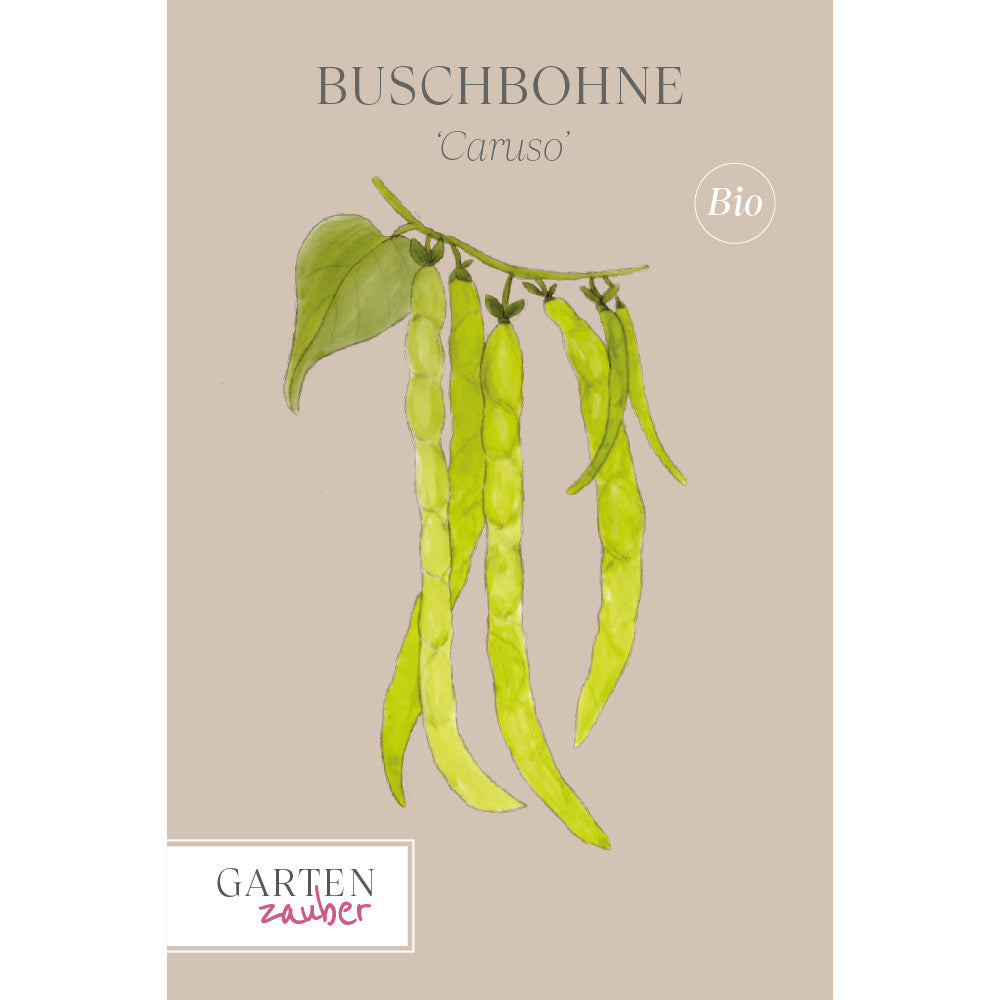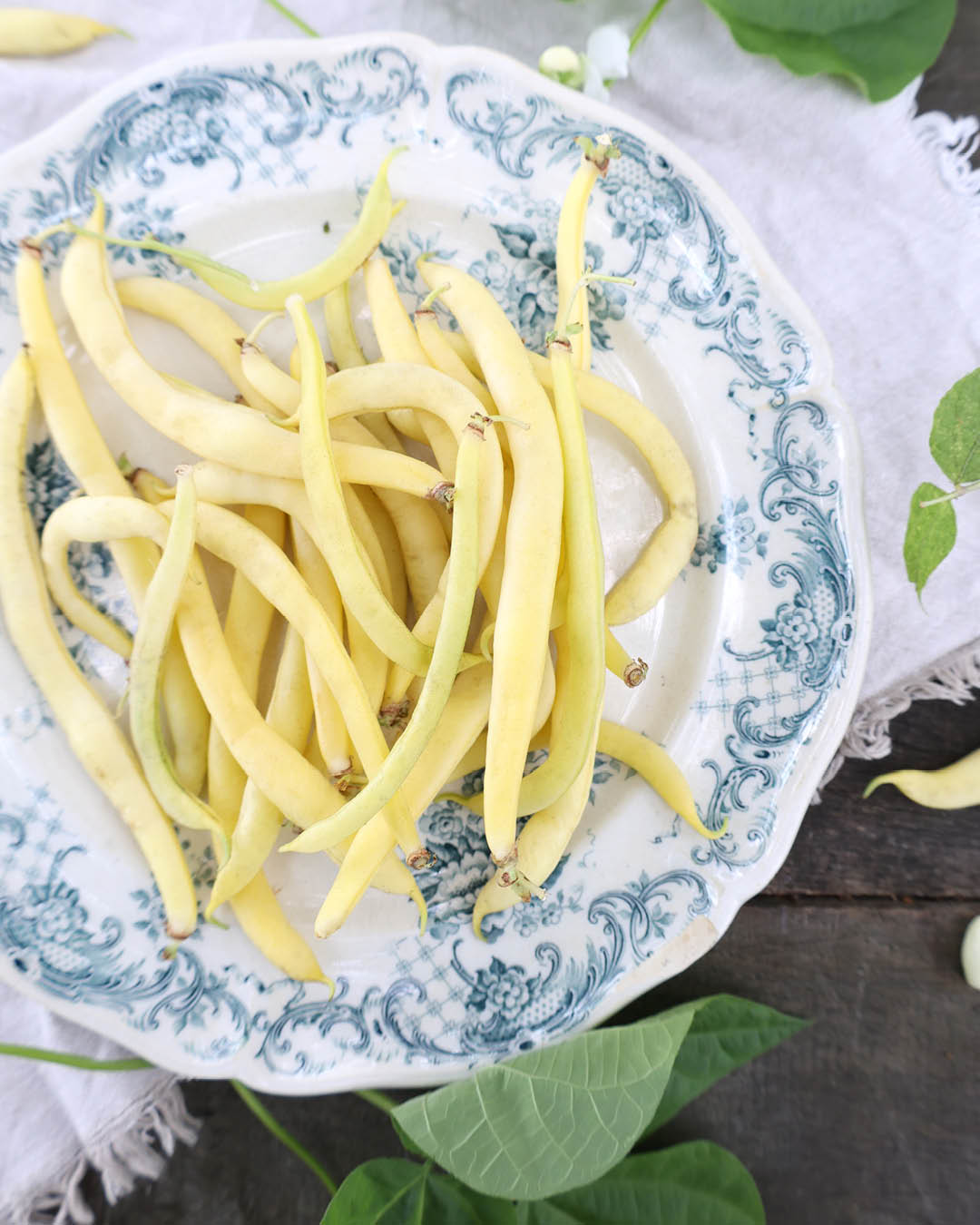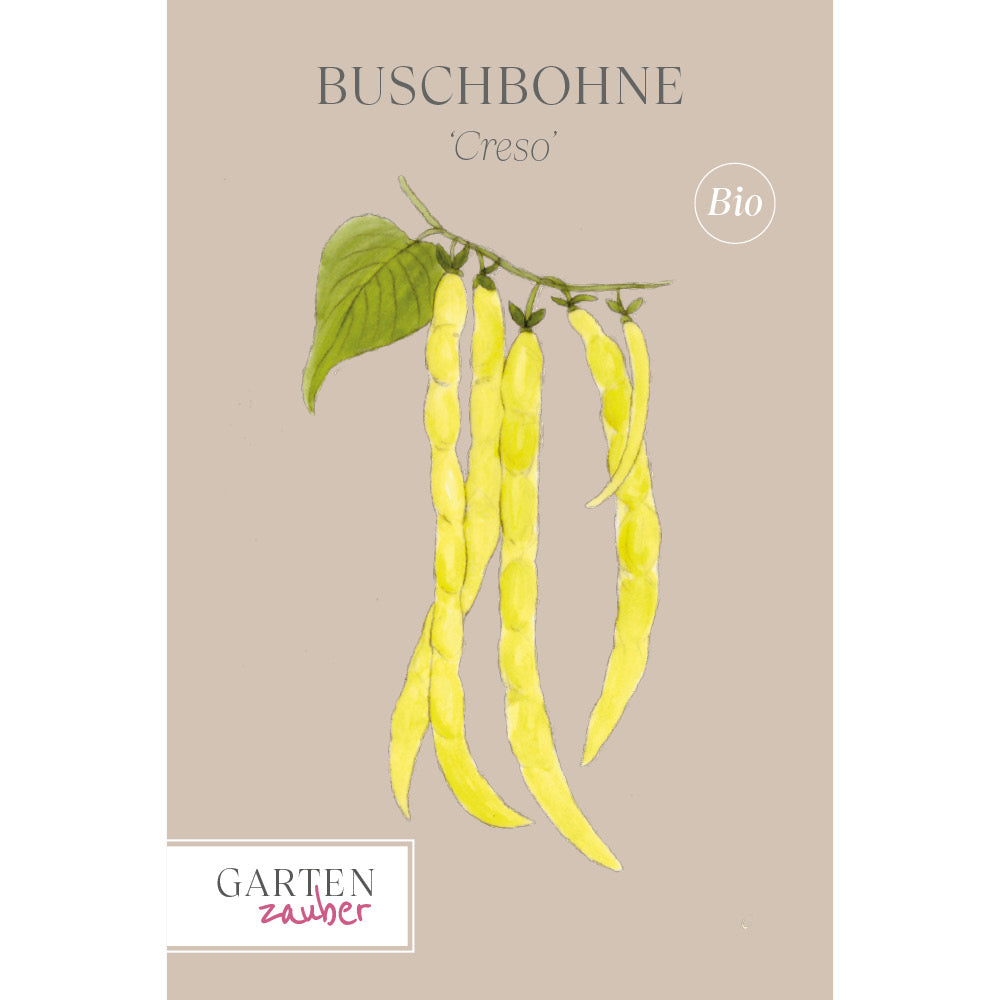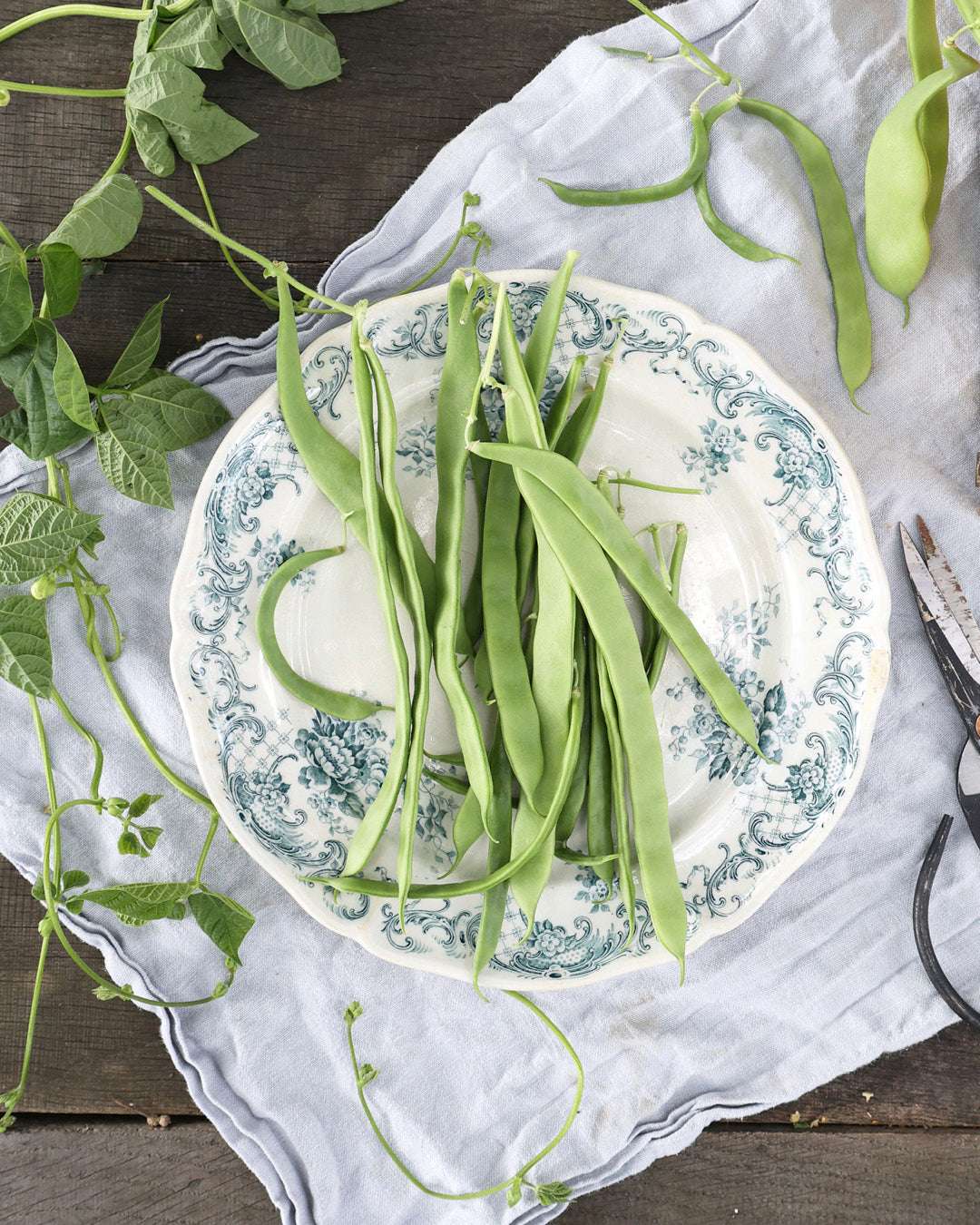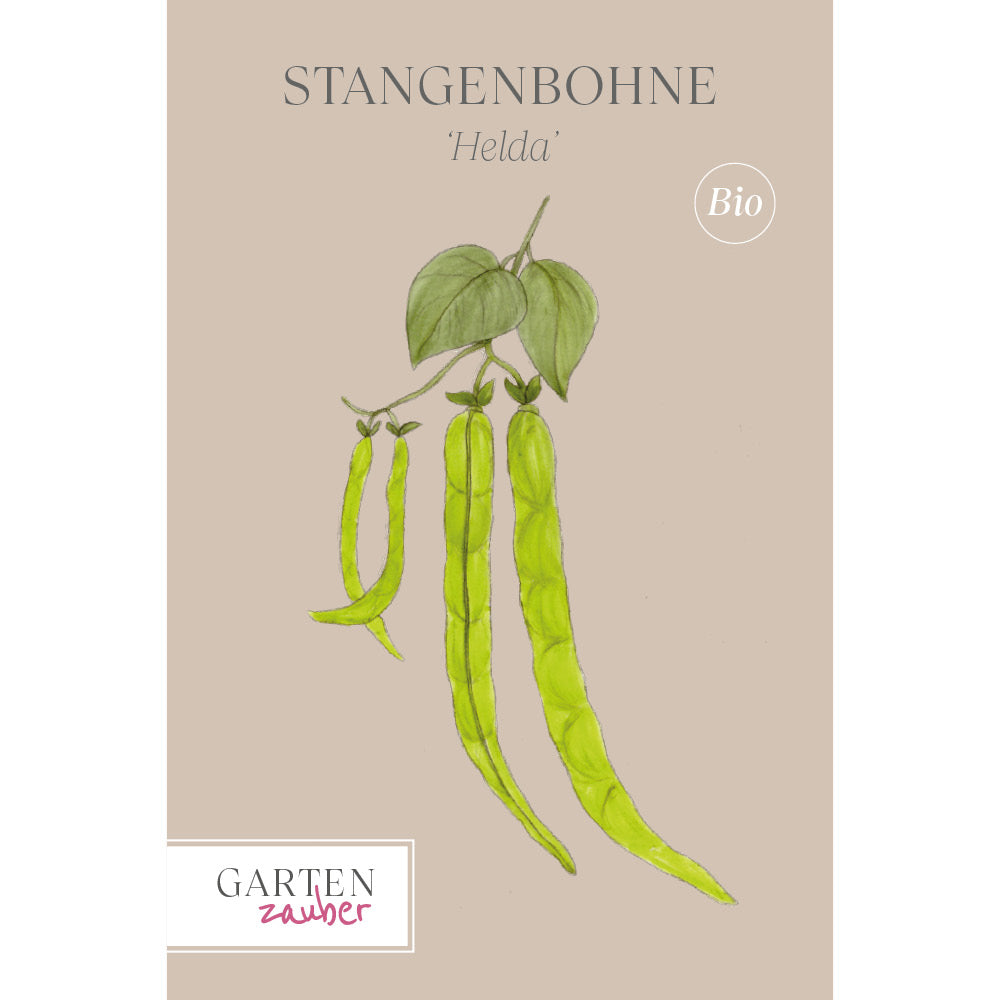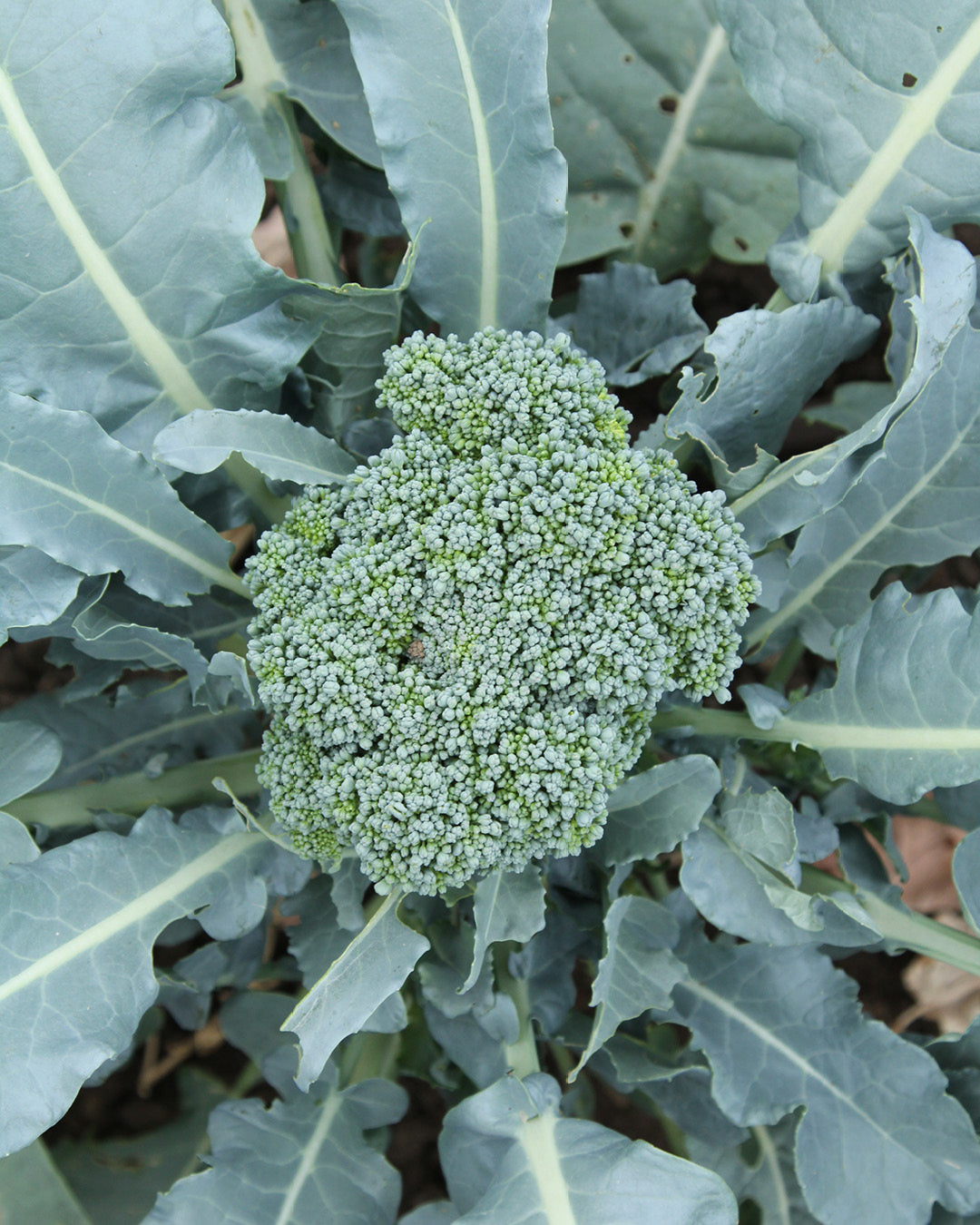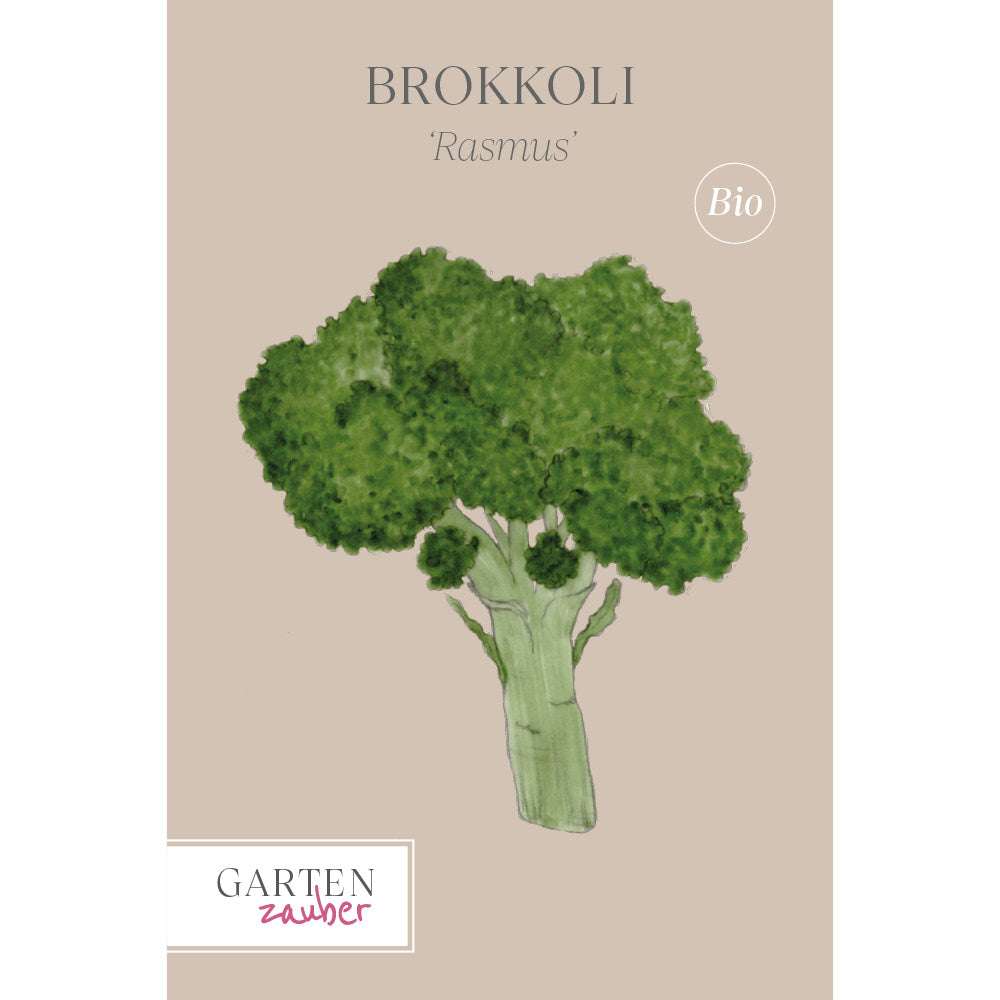Introducing beneficial insects – the earwig pot
Natural gardening creates species-rich habitats. We'll start in your own garden and show you how to introduce these beneficial earwigs into your garden.
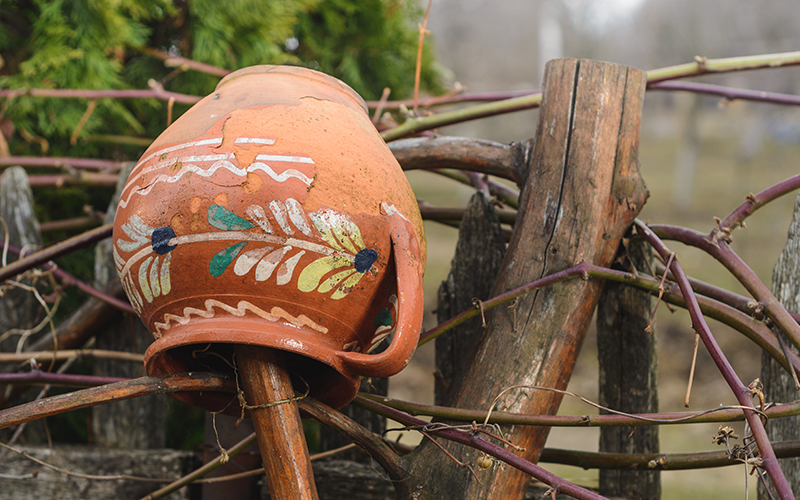
The earwig pot
Earwigs devour aphids, spider mites, and small caterpillars with great appetite. A pot filled with straw provides these beneficial little creatures with a cozy sleeping quarters. The pots are infested from early May until late autumn. They are best hung in aphid-infested trees in places protected from wind and rain. In vegetable gardens, the pots can simply be placed over a short sock.
This is required:
> Clay pot with hole
> Wood wool (alternatively moss, straw, hay)
> 2 pieces of wood
> cord

Here's how:
- Tie the pieces of wood together crosswise with the string. Thread the other end of the string through the hole in the pot.
- The pieces of wood should wedge themselves inside the rim of the pot, then the pot can be hung on the string.
- Now add the filling material. Don't pack it too tightly to leave enough space. The wooden cross will prevent the filling from falling out.
- Now hang the pot directly on a branch and secure it.
Good to know
Earwigs prefer to reach their hiding place easily on foot, so they always need unobstructed access. Since they won't climb a freely hanging string, the pots must be hung so that they have direct contact with the trunk, branch, or stick.
← vorheriger Post: Better gardening with permaculture – living sustainably in harmony with nature

Text and photos in this article are from the book:
Heel Verlag, Ursula Kopp
Beneficial insects in the garden
Price: € [D] 9.99
ISBN 978-3-95843-875-0
The decline in bee populations and the decline in native insect and bird species due to the destruction of traditional habitats are on everyone's lips. Our gardens offer alternative habitats and refuge. Everyone can contribute to ensuring, supporting, and strengthening biodiversity. And what better way to start than in your own garden?

